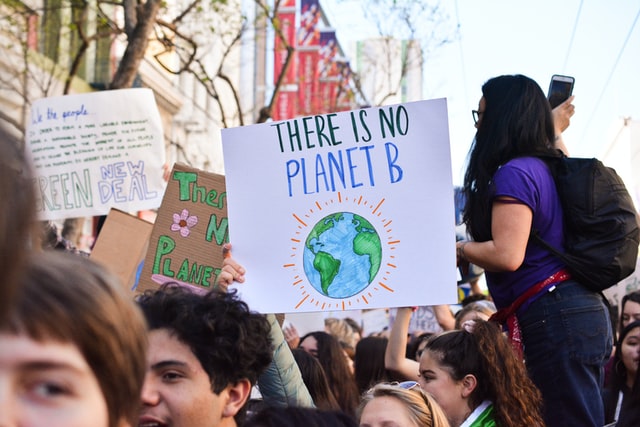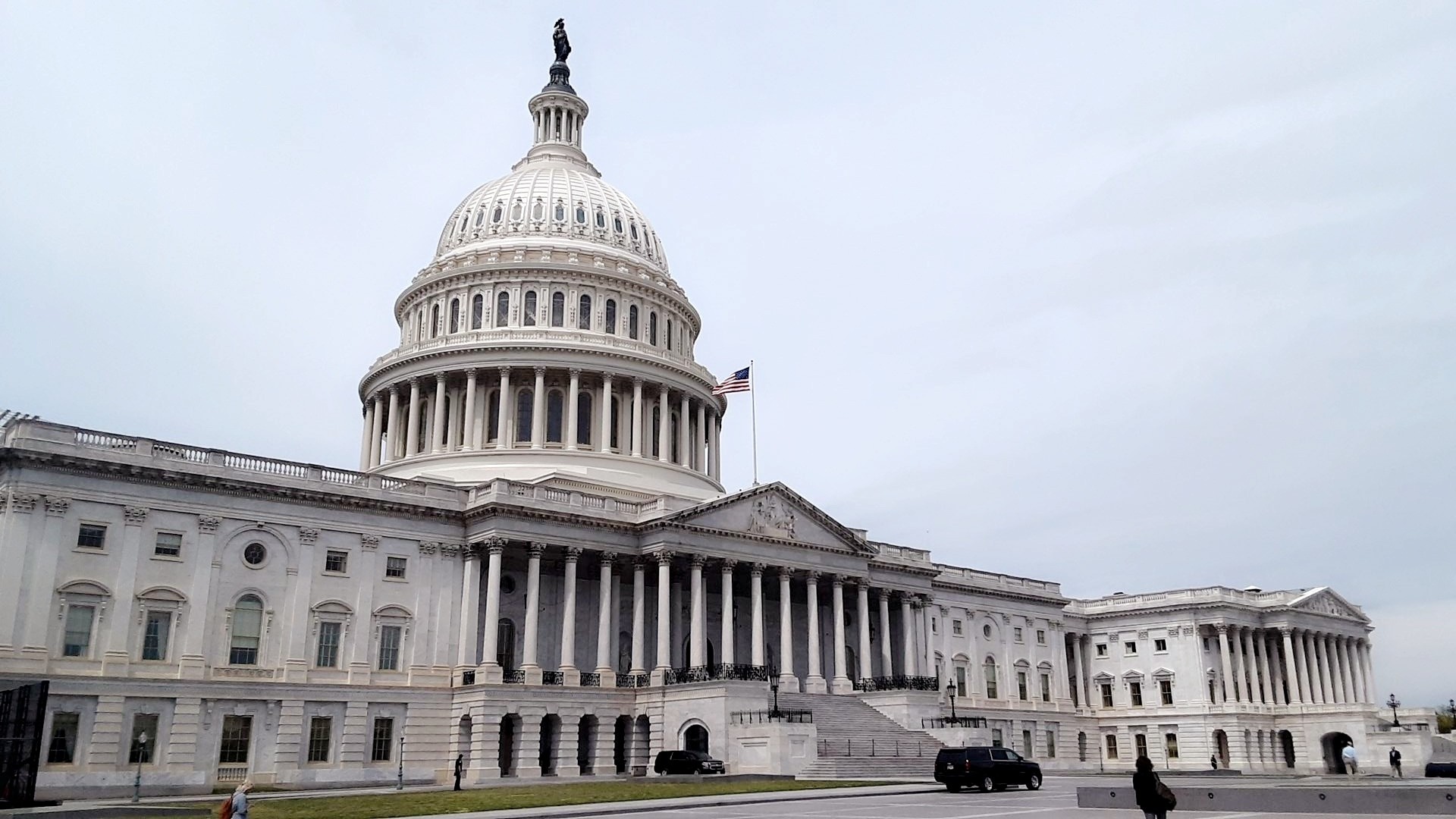by Jason James
The long-awaited Senate climate and energy bill, introduced by Senators Kerry and Lieberman, was released yesterday. Various commentaries and analyses have already been circulated and are available at the Center’s legislation resource page. This is the first in a series of blogs that will summarize different portions of the Kerry-Lieberman bill and provide a comparison to treatment of the same issues by the Waxman-Markey bill that passed the House last summer. These summaries and comparisons will ultimately be compiled in an easy-to-read outline on the Center’s legislation resource page.
Price Collar
Both the bill, recently proposed by Senators Kerry and Lieberman (KL), and the bill passed by the House in 2009 (WM), contain provisions commonly referred to as a “price collar.” The price collar is meant to keep the price of carbon below a given level and avoid circumstances where an exceptionally high carbon price stifles the economy. Each bill also contains a minimum price for carbon allowances. This post compares the details of each bill’s price collar and minimum price.
Kerry-Lieberman
KL’s price collar is detailed in § 726, starting on page 347 of the discussion draft, titled “Cost Containment Reserve.”
In KL, the EPA Administrator is tasked with collecting a reserve of emission allowances for the purpose of ensuring market stability. 4 billion allowances are to be placed into the reserve. The reserve is to be filled with 1.5 percent of total allowances established from 2013 through 2021, 2.5 percent from 2022 through 2029 and 5 percent from 2030 through 2050. Any allowances allocated for auction under § 781 and not sold are also deposited into the reserve.
For 90 days before covered entities are required to demonstrate compliance, these allowances are offered for sale at $25 per allowance in 2013. In 2014 and in each subsequent year, the allowances are offered for the same price as the year before increased by 5 percent plus the rate of inflation as measured by the Consumer Price Index (CPI). Any covered entity except for refined product providers may purchase these allowances. Allowances from the reserve may only account for up to 15 percent of a covered entity’s direct and attributable GHG emissions.
Proceeds from the sale of these allowances are to be used to replenish the reserve by purchasing international offset credits issued for reduced deforestation activities. If these credits are unavailable, the proceeds are used to purchase domestic offset credits. These offset credits are converted to emission allowances equal to 80 percent of the number of international offset credits and 100 percent of the number of domestic offset credits. However, the allowances created from converted offset credits shall not cause the reserve to exceed 4 billion allowances.
If allowances created from purchased offset credits are not needed to maintain the size of the reserve at 4 billion allowances, such allowances are assigned a vintage year not earlier than the year in when the allowance converted from an offset credit. However, no more allowances may be assigned to a vintage year than were placed in the reserve that year originally. That is, no more than 1.5 percent of total 2013 allowances may be put into the reserve through offset credits converted to allowances, 2.5% of total 2022 allowances, and so on. If excess allowances exist over that quantity, they are retired.
A covered entity may only use the reserve allowance during the year it was sold. No entity may buy a reserve allowance for the period in which the covered entity also adds to the cumulative allowance bank of the entity. No entity may buy a reserve allowance within 90 days of selling an allowance or offset credit.
In § 790(d), on page 521 of the discussion draft, KL sets the reserve auction price of an emission allowance offered for auctions occurring in 2013 at $12 in constant 2009 dollars and for auctions occurring in 2014 and later at the reserve price of the previous year increased by 3 percent plus CPI.
Comparison with WM
There are several material differences between KL’s and WM’s price collars. WM’s price collar is detailed in § 726, starting on page 757 of the GPO version, titled “Strategic Reserve.” A thorough description of WM’s price collar is not given here; only its key differences from KL are discussed.
KL generally allocates more allowances. Over similar time frames, KL allocates 1.5, 2.5, and 5 percent of total allowances to be deposited into the reserve while WM allocates 1, 2, and 3 percent of total allowances.
The timing of reserve allowance sales differs. KL sells reserve allowances during a 90-day period before the annual compliance deadline while WM auctions reserve allowances quarterly.
Pricing of the reserve allowances is different. KL offers reserve allowances at $25, increasing by 5 percent plus CPI. WM initially offers reserve allowances at $28, increasing by 5 percent plus CPI. However, in 2015 and each year thereafter, WM sets the reserve allowance price at a price set at 60% above the average three-year price of an emission allowance.
KL permits covered entities to purchase fewer reserve allowances than WM. KL allows covered entities to account for up to 15 percent of emissions through reserve allowances. WM allows for 20 percent.
KL and WM treat the quantity of allowances to be released from the reserve differently. In WM, from 2012 through 2016, no more than 5 percent of total allowances established for that year may be released from the strategic reserve and auctioned. In 2017 and each following year, the limit is 10 percent. From this quantity, covered entities can account for up to 20 percent of their emissions with reserve allowances. In KL, the entire reserve can be utilized to cover up to 15 percent of the emissions of any covered entity.
The statutes differ in how they replenish the reserve through the proceeds from selling reserve allowances. Both purchase international offset credits for reduced deforestation activities and convert those credits to reserve allowances at the same 80 percent rate up to the point where the reserve is refilled to its full size for any given year. KL accounts for the possibility where no international offset credits for reduced deforestation activities exist and permits the purchase of domestic offsets whereas WM does not.
Proceeds in excess of the amount necessary to replenish the reserve are addressed with nearly identical language except for one additional clause in WM. Part (g)(3)(A) states that such allowances shall be treated as ones not designated for distribution or auction for purposes of § 782(q) – deficit reduction – and § 782(r) – consumer refund. This language is absent from KL.
WM sets its price floor at $10, increasing at 5 percent plus CPI. This price is initially lower than KL’s price floor of $12, but increases at a faster rate than KL’s 3 percent.



